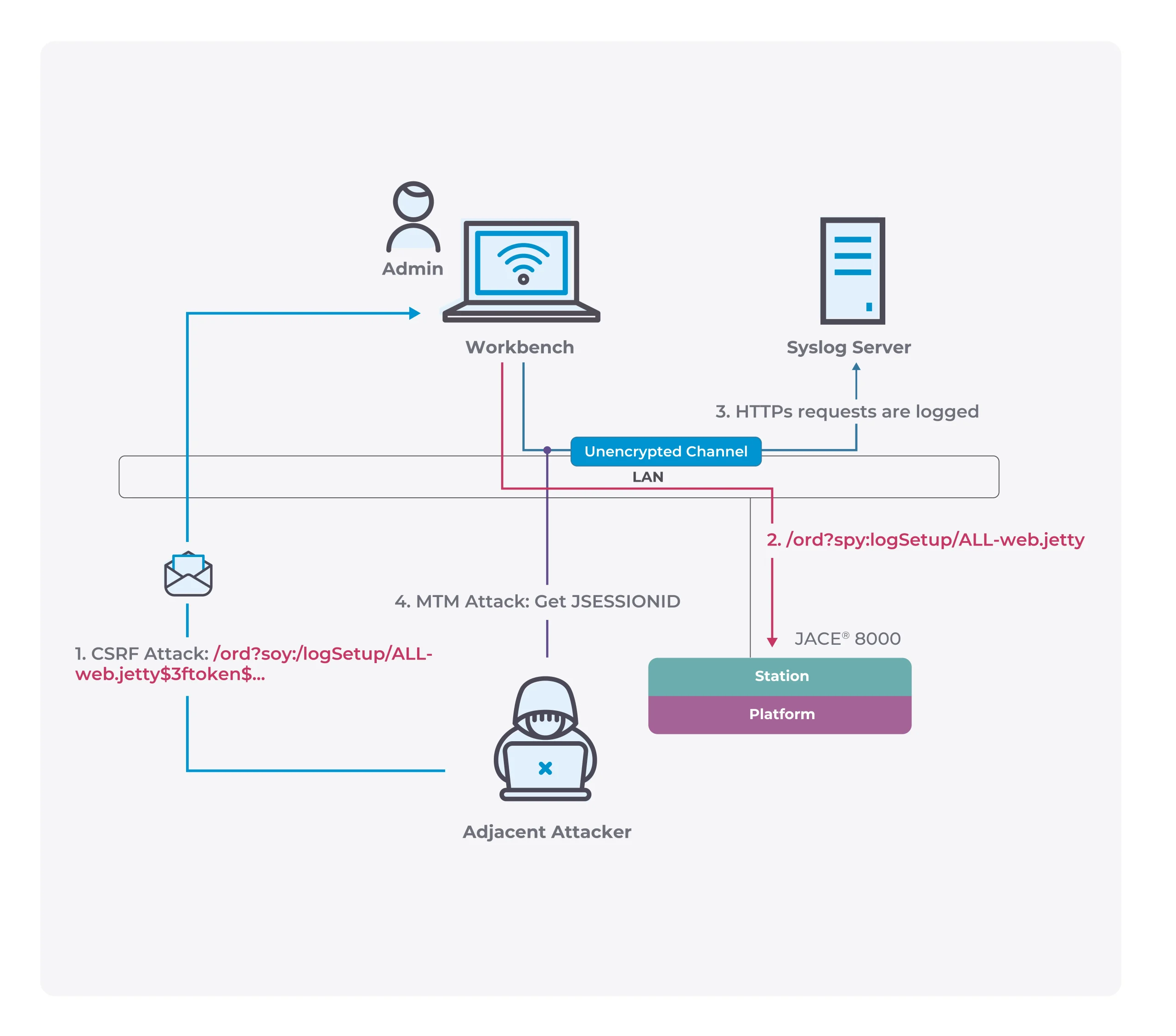6 KEY POINTERS FOR RUNNING YOUR VIRTUAL MACHINE SAFELY – RUNNING YOUR BUSINESS
The rise of digitalization allowed businesses to embrace numerous technological innovations, one of which is the use of virtual machines. This helped divide and conquer business operations without leaving much technological footprint. Statistically, virtualization has become a widely favored mode of running business operations digitally. According to a 2017 report, over 75 percent of organizations make use of server virtualization for their daily business operations. If your business depends on virtual machines, then it is really important that you pay heed to the best practices available so as to safely operate and maintain your virtual environment and avoid permanent data loss or corruption. Here are the six best practices worth adopting.
ISOLATE THE HOST NETWORK
This is perhaps the most important virtual machine safety practice. You’re advised to set the host network aside so that only trusted users can gain access to it. The easiest way to get this done is by connecting the host network’s adapter to a dedicated management network. With the host network isolated, there will be a reduction in the risk or damage capacity of malicious attacks on your virtual servers.
SET UP STARTUP PASSWORDS
VMware allows for setting up passwords that will be requested upon boot. If you’re interested in adding an extra layer of security to your most sensitive virtual servers, you should consider setting up a startup password. Setting up a BIOS is quite easy — while the VM is starting up, press F12 to access the BIOS setup screen, navigate to the Security menu where you’ll find all the options you need to set up and enable startup passwords.
STORAGE MANAGEMENT
This involves searching for, managing, and allocating storage resources between your virtual servers. You can improve the handling of your virtual machine storage and performance by using automated storage policy profiles. This is useful for maximizing resource availability.
APPLY THE LATEST PATCHES AND UPDATES
It’s not strange to find that regularly applying the latest updates and patches keeps your virtual machines safe. You protect your virtual machine from viruses, hackers, and bugs by applying the latest security patches and updates, thus reducing the risks of VM compromise.
ENCRYPT VIRTUAL HARD DRIVES
Anyone with access to the physical host machine can gain entry to virtual hard drives and easily bypass the security mechanisms of the guest servers. One way to reduce the chances of this happening is to encrypt the virtual disks on the guest operating systems. The aim of encryption is to protect virtual hard drives from potential harm caused by attackers that have access to your physical hardware.
REGULAR VIRTUAL MACHINE BACKUPS
Regular virtual machine backups are important, but without the right tools, they can be quite challenging. Due to this, you need a trustworthy recovery tool capable of efficiently backing up and restoring your virtual machines. Even if you’re running your VMs on a hypervisor like Window’s native Hyper-V, Nakivo Backup And Replication Tools is effective for your Hyper-V backup and recovery as much as it is for 3rd party hypervisors like Nutanix or VMware.





